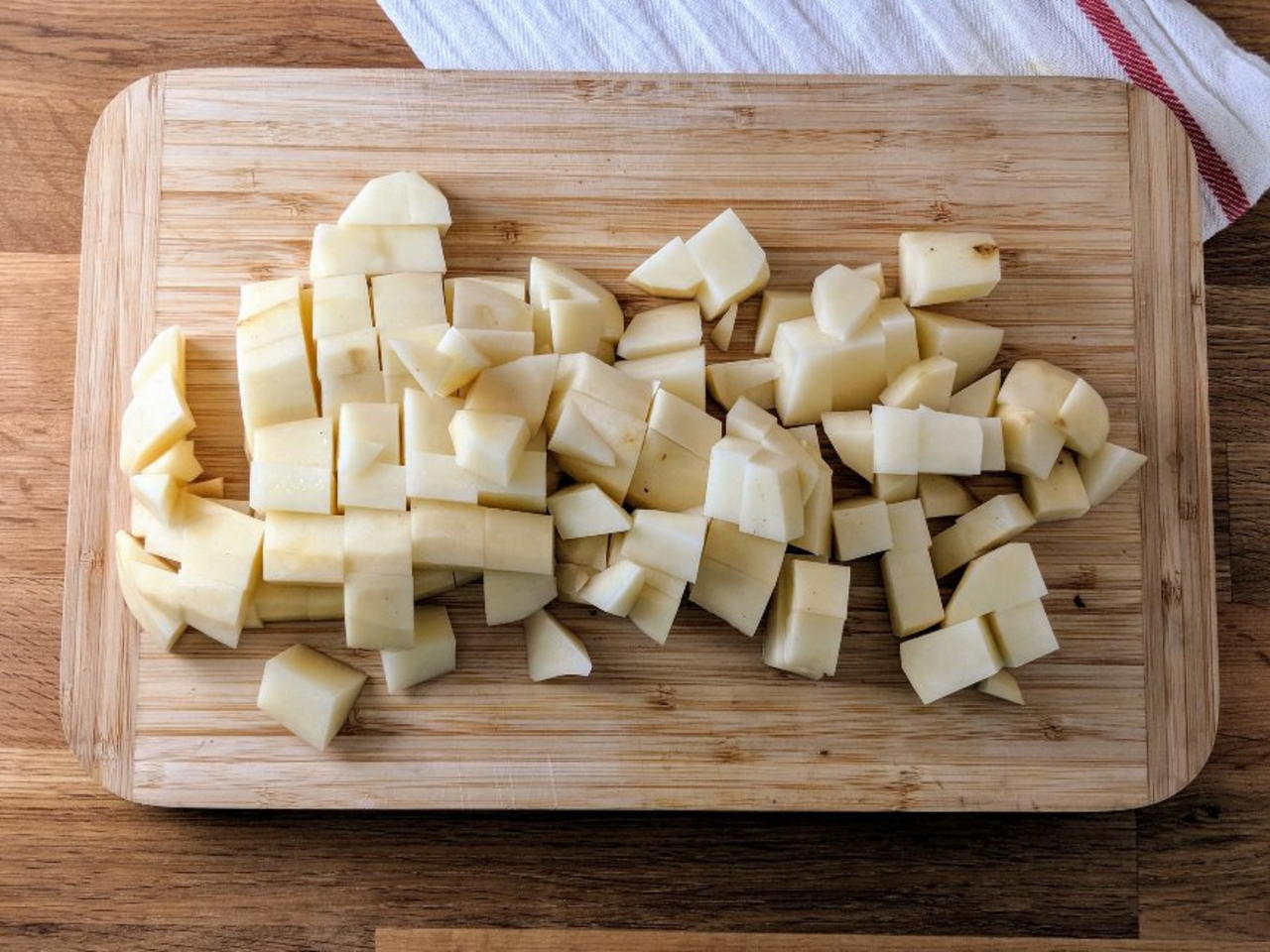

Articles
How To Store Diced Potatoes
Modified: August 17, 2024
Learn the best way to store diced potatoes and keep them fresh for longer with these helpful articles.
(Many of the links in this article redirect to a specific reviewed product. Your purchase of these products through affiliate links helps to generate commission for Storables.com, at no extra cost. Learn more)
Introduction
Have you ever found yourself with leftover diced potatoes after preparing a meal? Maybe you bought too many potatoes, or you simply didn’t need all of them for your recipe. Instead of letting them go to waste, why not learn how to store diced potatoes properly? By doing so, you can extend their shelf life and have them readily available for your next cooking adventure.
Diced potatoes are a versatile ingredient that can be used in various dishes, such as soups, stews, casseroles, and even as a side dish. But improperly storing them can lead to spoilage or loss of taste and texture. In this article, we will guide you through the steps to ensure that your diced potatoes stay fresh and delicious for as long as possible.
Whether you plan to store diced potatoes in the refrigerator or freezer, there are specific guidelines to follow. We’ll discuss the preparation process, selecting the right storage container, and the proper methods for both refrigeration and freezing. Additionally, we’ll provide tips for thawing and using frozen diced potatoes effectively.
So, let’s dive in and learn how to store diced potatoes, ensuring that you have a convenient and readily-available ingredient that can enhance your culinary creations.
Key Takeaways:
- Store diced potatoes in airtight containers in the refrigerator or freezer to extend their shelf life and preserve their texture and flavor for future culinary adventures.
- Properly prepare and blanch diced potatoes before freezing, and use them within 3 to 6 months for the best quality. Thaw slowly in the refrigerator or use the microwave’s defrost function for optimal results.
Read more: How To Cook Diced Potatoes In Air Fryer
Step 1: Preparing the Potatoes
Before storing diced potatoes, it’s important to ensure that they are properly prepared. Start by washing the potatoes thoroughly under cold running water to remove any dirt or debris. This step is crucial, as it helps eliminate any contaminants that could spoil the potatoes during storage.
Once the potatoes are clean, peel them using a vegetable peeler or a paring knife, depending on your preference. Some recipes may call for peeled potatoes, while others allow the peel to be left on. If the recipe allows it, leaving the peel on can add texture and flavor to your dishes.
After peeling, rinse the potatoes again to remove any lingering peel residue. Next, carefully dice the potatoes into uniform pieces. Aim for cubes or chunks that measure around 1/2 to 3/4 inches in size. This ensures even cooking and helps the diced potatoes maintain their shape during storage.
If you’re not planning to use the diced potatoes immediately, it’s important to prevent them from browning. Potatoes can oxidize and turn brown when exposed to air. To avoid this, you can place the diced potatoes in a bowl of cold water with a few splashes of lemon juice. The lemon juice acts as an acid, inhibiting the oxidation process and keeping the potatoes looking fresh.
Once the potatoes are diced and treated to prevent browning, they are ready to be stored. In the next step, we’ll discuss the different storage options you can choose from.
Step 2: Selecting the Right Storage Container
Choosing the right storage container is essential for keeping your diced potatoes fresh and preventing them from developing a strange taste or odor. The ideal container should be airtight to minimize exposure to moisture and other contaminants.
One option for storing diced potatoes is to use plastic or glass food storage containers with secure lids. These containers are readily available in various sizes and are designed to keep food fresh for an extended period. Make sure to select a container that fits the desired quantity of diced potatoes, leaving a little room for expansion if you plan to freeze them.
If you don’t have food storage containers on hand, you can also use resealable plastic bags. Opt for freezer-grade bags, as they are thicker and more durable. Before sealing the bags, gently remove as much air as possible to prevent freezer burn. Alternatively, you can use vacuum-sealed bags for even better preservation.
Another option is to utilize airtight plastic or glass containers with locking lids. These containers are convenient for storing smaller quantities of diced potatoes and can easily fit into the refrigerator or freezer. Remember to label the containers with the storage date, especially if you have multiple batches stored at once.
Regardless of the storage container you choose, always make sure it is clean and dry before placing the diced potatoes inside. Any moisture or residue in the container can promote the growth of mold and bacteria, compromising the quality of the potatoes.
In the next step, we will discuss how to store diced potatoes in the refrigerator to prolong their freshness.
Step 3: Storing Diced Potatoes in the Refrigerator
When storing diced potatoes in the refrigerator, it’s important to keep them at a consistent temperature to prevent spoilage. The ideal temperature for storing potatoes is between 35°F and 40°F (1.7°C to 4.4°C).
If you’re using a plastic or glass container, transfer the diced potatoes into the container and seal it tightly. Ensure that the lid is securely in place to prevent any air or moisture from entering. Label the container with the storage date so you can keep track of its freshness.
Store the container of diced potatoes in the main compartment of your refrigerator, away from areas that experience frequent temperature fluctuations, such as the door or near the back. These areas are often warmer and can accelerate the spoiling process.
The refrigerator is an ideal storage option for diced potatoes that you plan to use within a few days. They can stay fresh for up to five days when stored properly. However, keep in mind that the texture and quality of the potatoes may gradually deteriorate over time, so it’s best to use them as soon as possible.
Remember not to store your diced potatoes alongside other foods with strong odors, such as onions or garlic. Potatoes can absorb these odors, affecting their taste and aroma.
Now that you know how to store diced potatoes in the refrigerator, let’s move on to the next step: freezing them for longer-term storage.
After dicing potatoes, store them in a sealed container in the refrigerator. To prevent browning, cover them with cold water and change the water every 24 hours.
Step 4: Freezing Diced Potatoes
Freezing diced potatoes is an excellent option if you have a surplus that you won’t be able to use within a few days. Freezing helps preserve the freshness and texture of the potatoes, allowing you to enjoy them at a later time.
Before freezing, it’s important to blanch the diced potatoes. Blanching is a process that involves briefly boiling the potatoes and then rapidly cooling them. This step helps preserve the quality and color of the potatoes during freezing.
To blanch the diced potatoes, bring a pot of water to a boil and carefully add the potatoes. Allow them to boil for around 3 to 5 minutes, until they are slightly tender but still firm. Avoid overcooking them, as they can become mushy.
While the potatoes are boiling, prepare an ice bath by filling a large bowl with cold water and ice cubes. Once the potatoes are cooked to your desired tenderness, immediately transfer them to the ice bath to halt the cooking process. Let them sit in the ice bath for the same amount of time that they were boiled.
After blanching and cooling, drain the diced potatoes thoroughly to remove any excess moisture. Excess moisture can lead to ice crystals and decrease the quality of the potatoes during freezing.
Next, spread the drained diced potatoes in a single layer on a baking sheet or tray lined with parchment paper. This allows them to freeze individually and prevents them from sticking together.
Place the baking sheet with the diced potatoes in the freezer and let them freeze for a few hours, or until they are completely solid. Once frozen, transfer the diced potatoes into airtight freezer bags or containers. Remember to label them with the storage date for future reference.
Frozen diced potatoes can be safely stored in the freezer for up to 12 months. However, for the best quality, it’s recommended to use them within 3 to 6 months.
Now that you know how to freeze diced potatoes, the next step will cover the thawing and usage process.
Step 5: Thawing and Using Frozen Diced Potatoes
When it comes time to use your frozen diced potatoes, it’s important to thaw them properly to maintain their texture and flavor. There are a few methods you can use to thaw frozen diced potatoes.
The easiest and most convenient method is to transfer the desired amount of frozen diced potatoes from the freezer to the refrigerator. Allow them to thaw overnight or for about 24 hours. This slow and gentle thawing process helps prevent the potatoes from becoming mushy.
If you’re in a hurry, you can also use the defrost function on your microwave. Place the frozen diced potatoes in a microwave-safe dish and use the defrost setting at a low power level. Pause and stir the potatoes every couple of minutes to ensure even thawing. Be careful not to overcook them, as they can turn soft and lose their texture.
Once your diced potatoes are thawed, you can use them in various recipes just like you would with fresh potatoes. They can be added to soups, stews, casseroles, or even made into hash browns or home fries.
It’s important to note that thawed diced potatoes may have a slightly softer texture than fresh ones. However, their flavor and versatility remain intact, making them a convenient ingredient to have on hand.
Remember to use the thawed diced potatoes within a few days to avoid any potential spoilage. If you don’t plan to use all of them at once, you can refreeze the remaining portion, although repeated freezing and thawing can affect the quality of the potatoes.
With the knowledge of how to thaw and use frozen diced potatoes, let’s move on to some additional tips for storing them.
Step 6: Additional Tips for Storing Diced Potatoes
Now that you know the steps for storing diced potatoes, here are some additional tips to ensure their optimal freshness and quality:
- Rotate your potatoes: If you frequently use diced potatoes, remember to rotate your stock. Use the older ones first and replace them with fresh ones to minimize waste.
- Use proper portioning: Consider dividing your diced potatoes into smaller portions before storing them. This way, you can take out only what you need without repeatedly thawing and refreezing the entire batch.
- Label and date your containers: Whether you’re storing diced potatoes in the refrigerator or freezer, labeling the containers with the storage date helps you keep track of their freshness. It also prevents confusion with other stored foods.
- Avoid overfilling containers: When storing diced potatoes in containers or bags, leave a little room at the top for expansion. Overfilled containers can burst or lose their airtight seal, compromising the quality of the potatoes.
- Store in portion-sized bags: If you often need smaller portions of diced potatoes for recipes, consider pre-portioning them before freezing. This makes it easier to grab just the right amount without having to thaw or measure them.
- Avoid storing with onions: While potatoes and onions are a classic combination in many dishes, it’s best to store them separately. Onions emit gases that can accelerate the spoilage of potatoes and affect their taste and aroma.
- Check for signs of spoilage: Before using diced potatoes that have been stored, always check for any signs of spoilage, such as a foul odor, mold, or sliminess. If you notice any of these signs, it’s best to discard them to avoid any potential health risks.
By following these additional tips, you can ensure that your diced potatoes stay fresh, flavorful, and safe to consume for as long as possible.
With these six steps and the extra tips in mind, you are now equipped with the knowledge to store diced potatoes properly. Whether you choose to keep them in the refrigerator or freezer, you can extend their shelf life and have a convenient ingredient on hand whenever culinary inspiration strikes. So, don’t let those leftover diced potatoes go to waste – store them with confidence and enjoy their deliciousness in your future dishes!
Conclusion
Learning how to properly store diced potatoes can help minimize waste and ensure that you always have a versatile ingredient on hand for your culinary endeavors. By following the steps outlined in this guide, you can extend the shelf life of diced potatoes and preserve their texture and flavor.
Preparation is key when it comes to storing diced potatoes. Begin by thoroughly cleaning and peeling the potatoes, then carefully dicing them into uniform pieces. Treating them with lemon juice or an acidulated water bath can help prevent browning.
When it comes to storage containers, choose ones that are airtight and suitable for either the refrigerator or freezer. Plastic or glass containers with secure lids, resealable freezer bags, or vacuum-sealed bags are all effective options.
If storing in the refrigerator, ensure that the temperature remains consistent between 35°F and 40°F (1.7°C to 4.4°C). Label the container with the storage date to keep track of freshness, and avoid storing diced potatoes alongside strong-smelling foods.
Freezing diced potatoes is a great option for long-term storage. Blanching the diced potatoes before freezing helps maintain their quality, and spreading them in a single layer on a baking sheet before transferring them to freezer bags or containers prevents clumping.
When it’s time to use your frozen diced potatoes, allow them to thaw slowly in the refrigerator or use the defrost function on your microwave. Thawed diced potatoes can be used in a variety of recipes, maintaining their flavor and versatility.
Remember, proper storage is only part of the equation for maintaining the quality of diced potatoes. Rotate your stock, use proper portioning, and be mindful of signs of spoilage. By following these additional tips, you can ensure that your diced potatoes stay fresh and safe to consume.
So, the next time you have leftover diced potatoes, don’t let them go to waste. Store them using these guidelines, and you’ll always have a convenient and delicious ingredient ready to elevate your culinary creations. Happy cooking!
Frequently Asked Questions about How To Store Diced Potatoes
Was this page helpful?
At Storables.com, we guarantee accurate and reliable information. Our content, validated by Expert Board Contributors, is crafted following stringent Editorial Policies. We're committed to providing you with well-researched, expert-backed insights for all your informational needs.
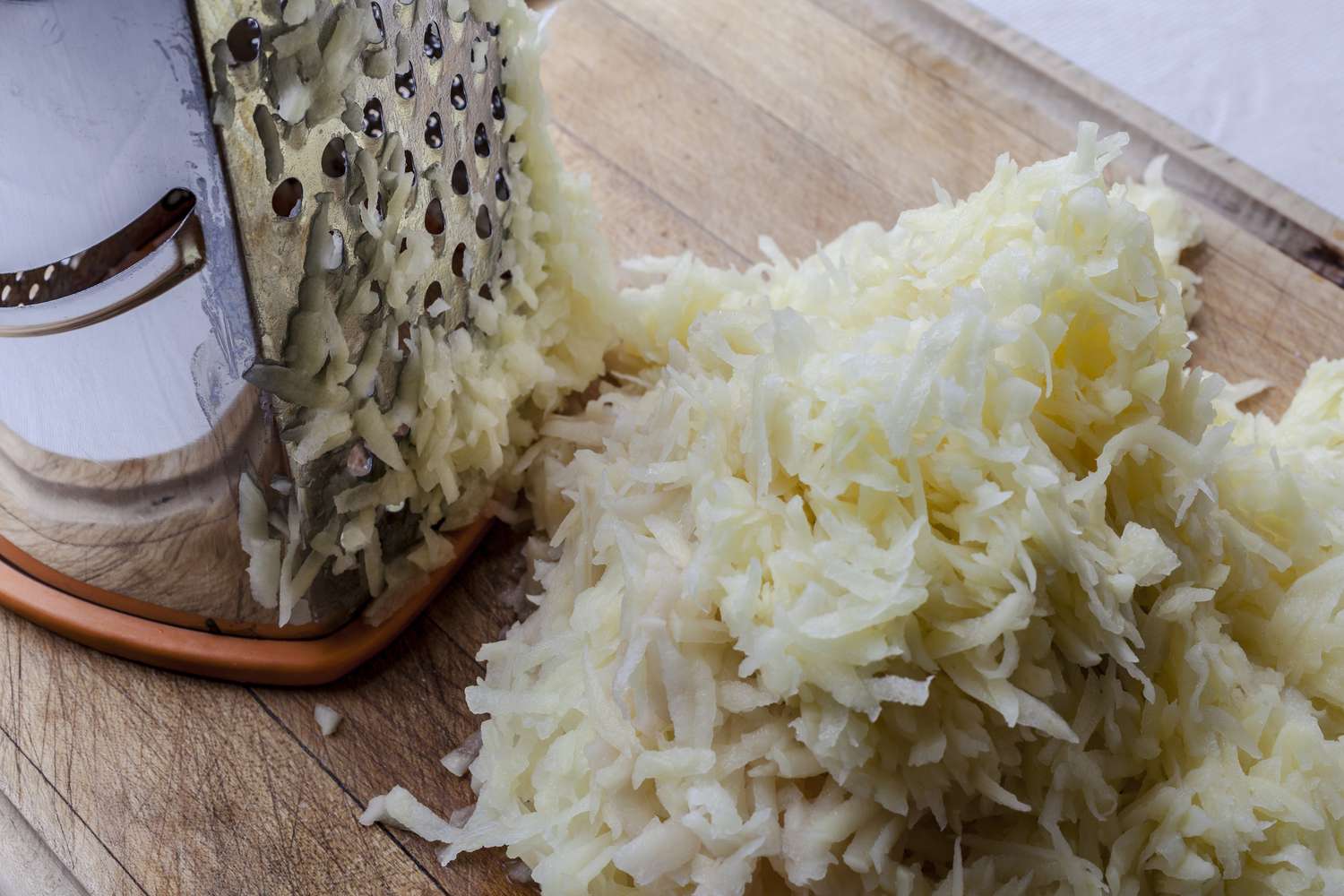

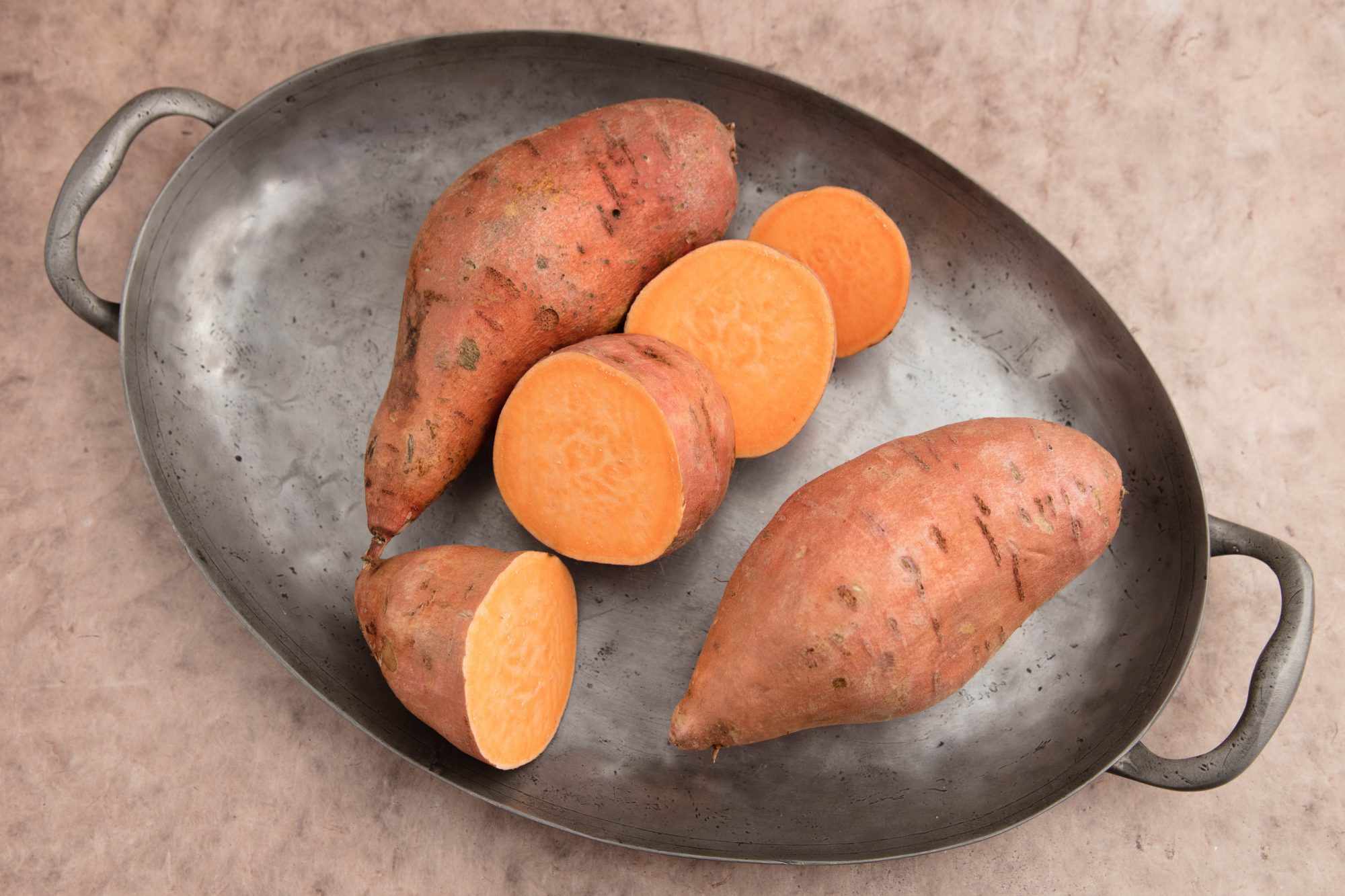



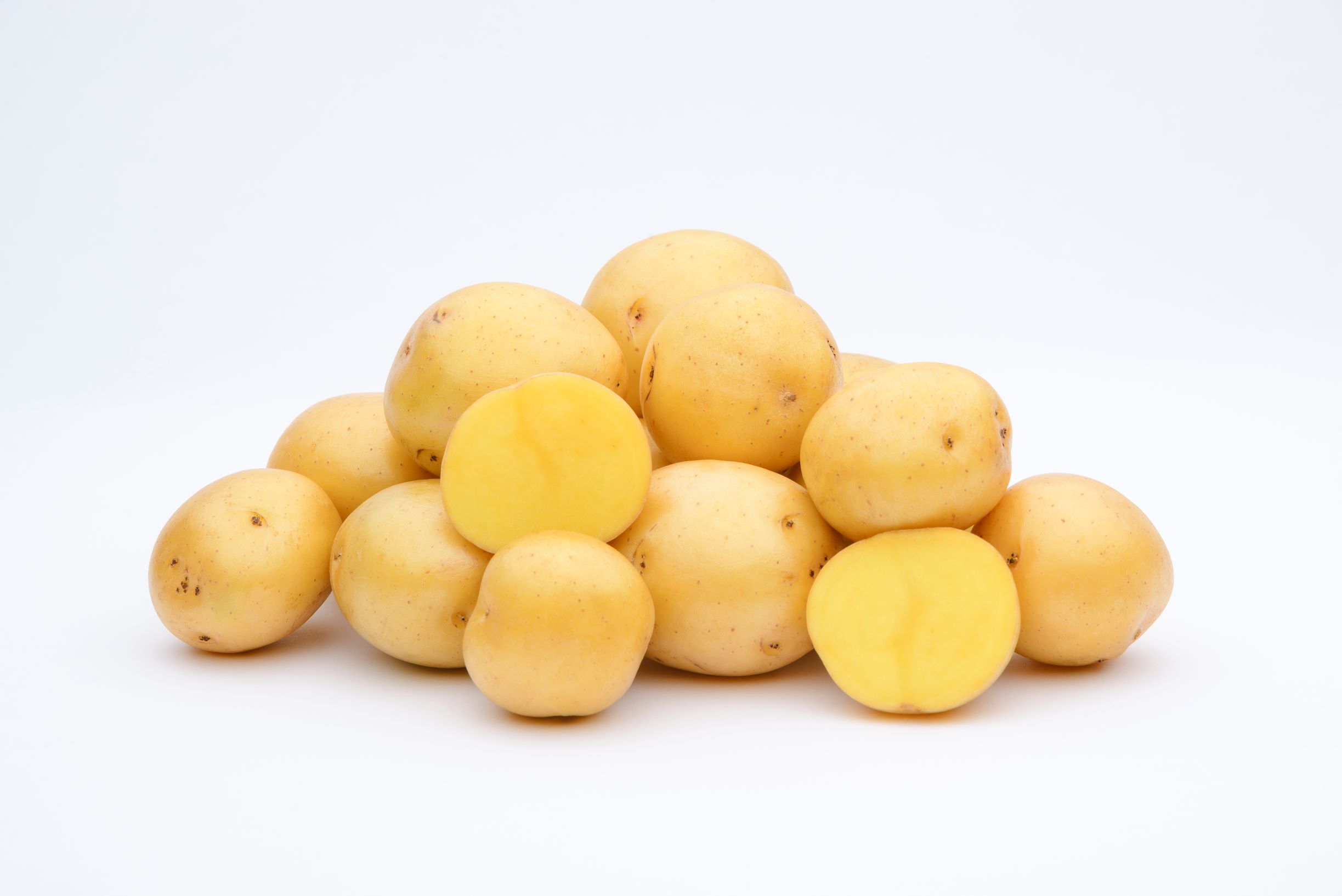
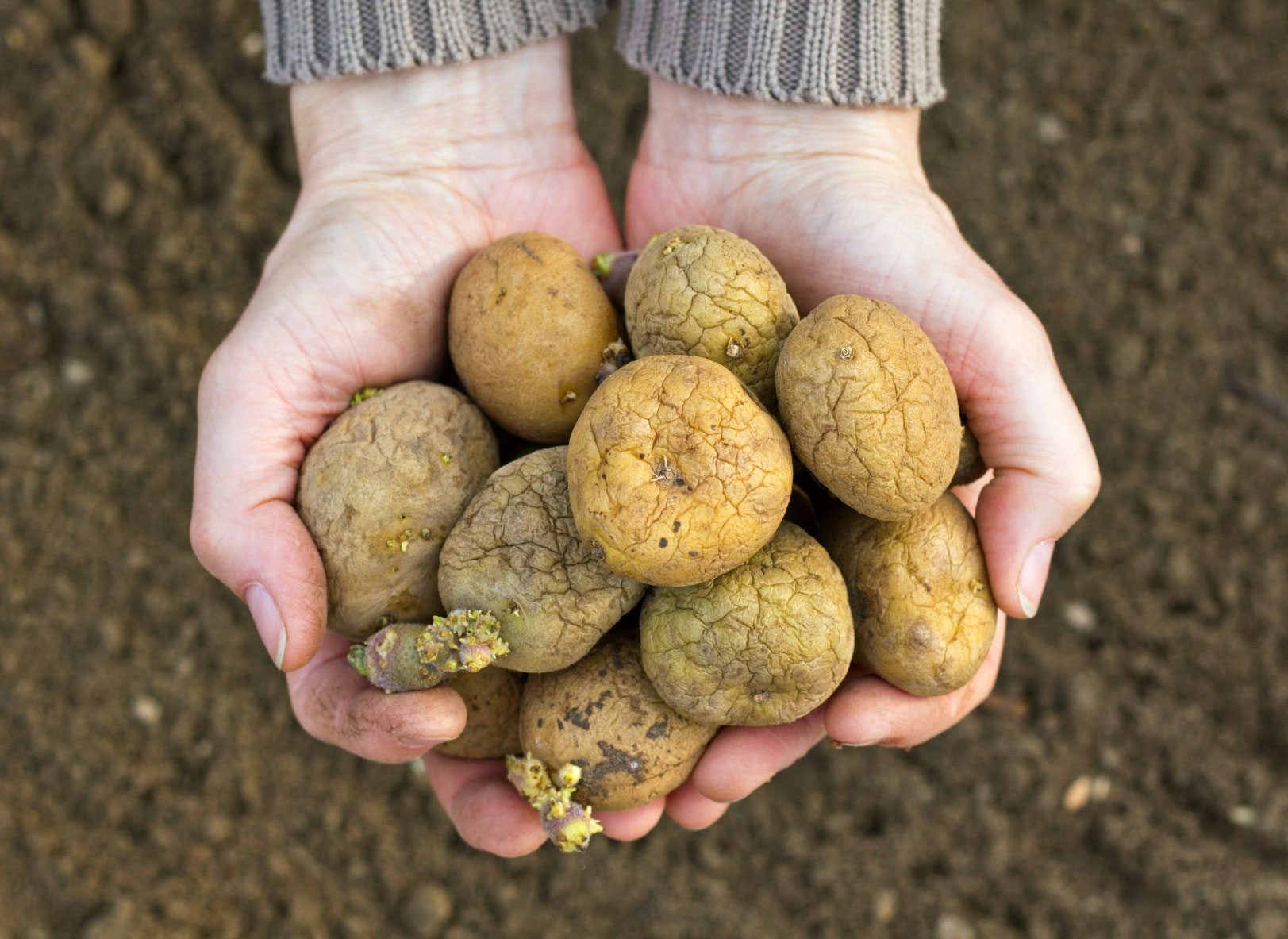
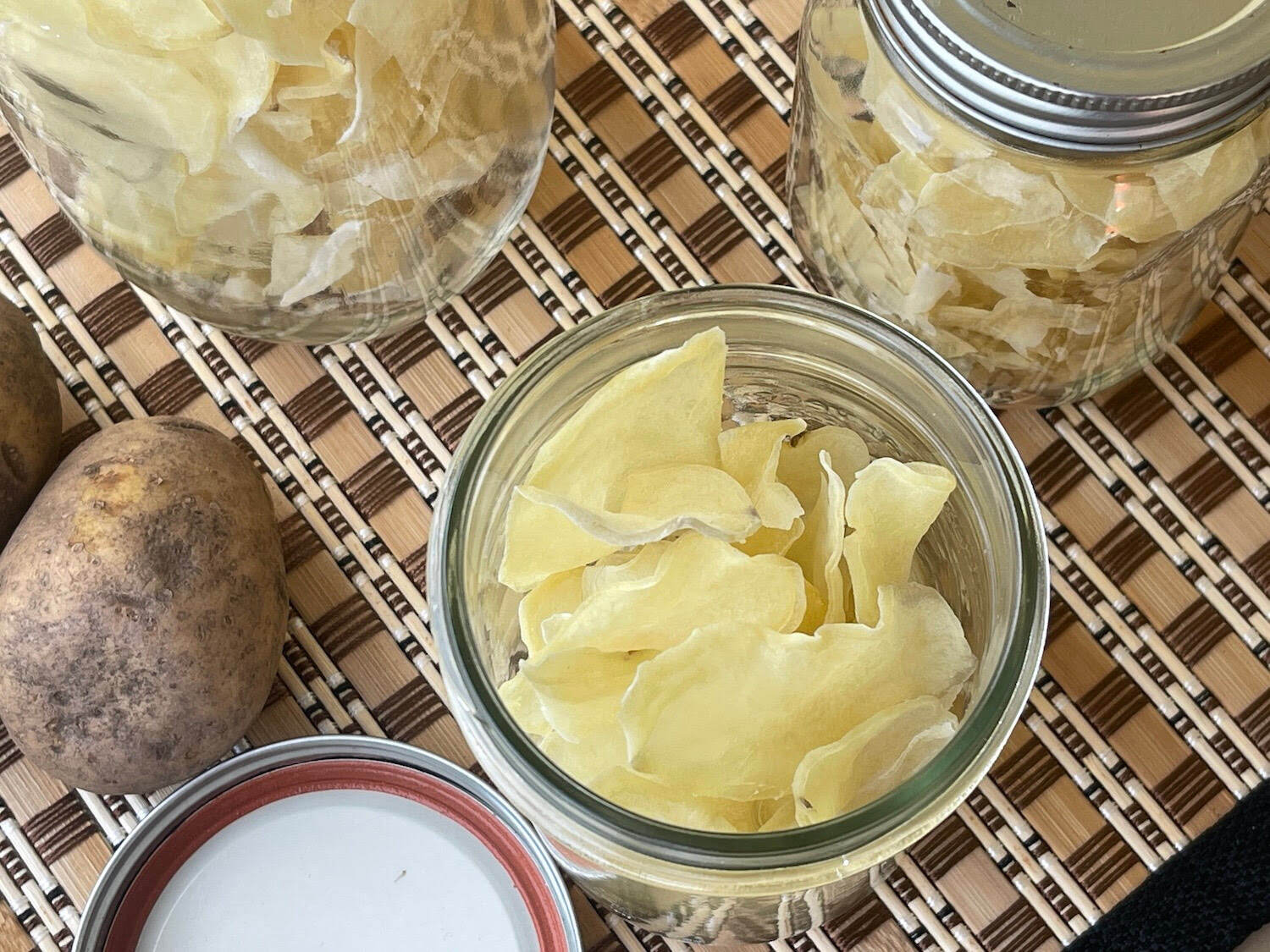
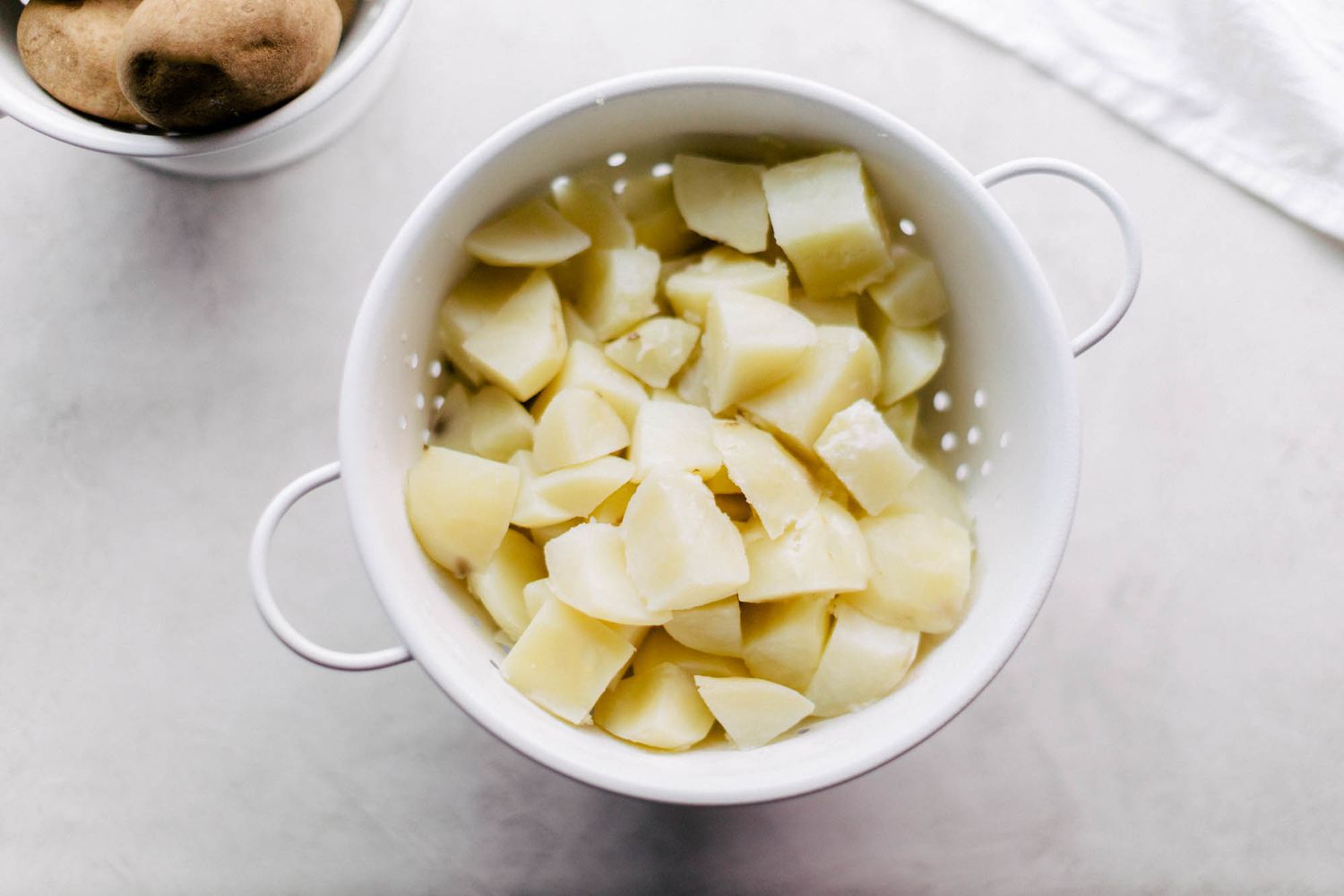

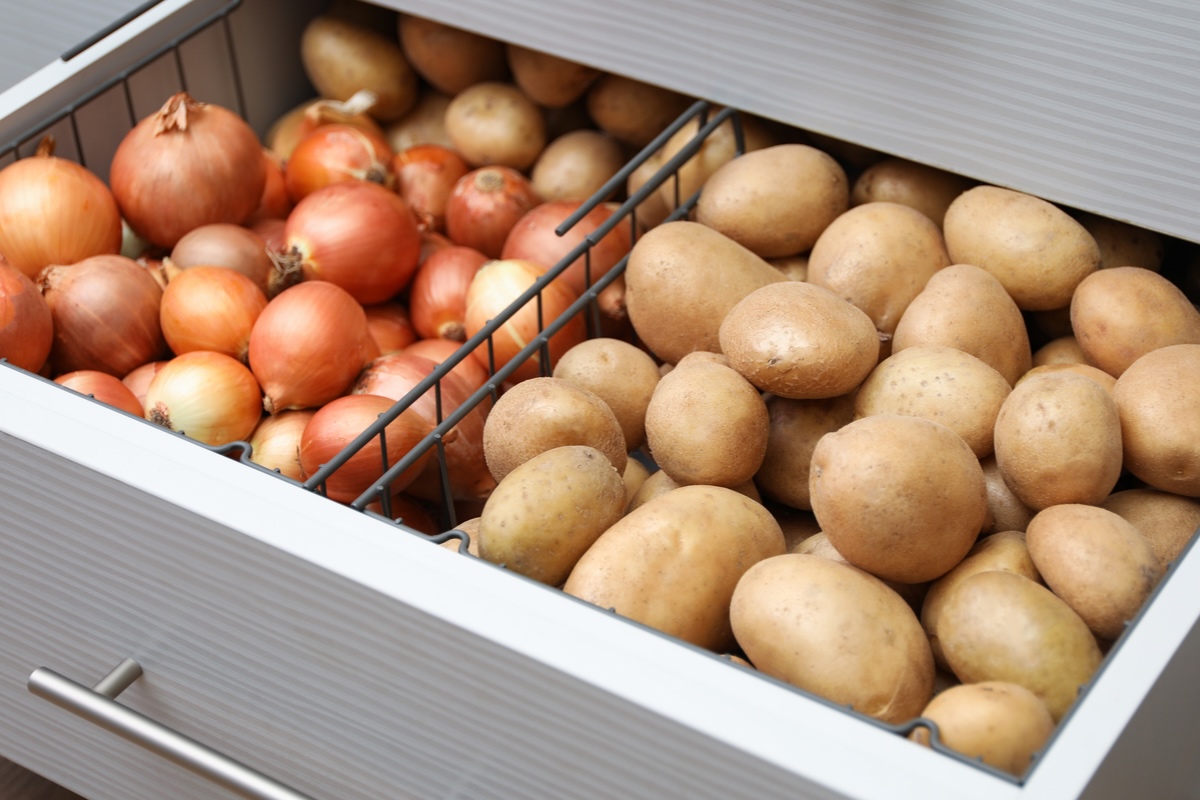



0 thoughts on “How To Store Diced Potatoes”